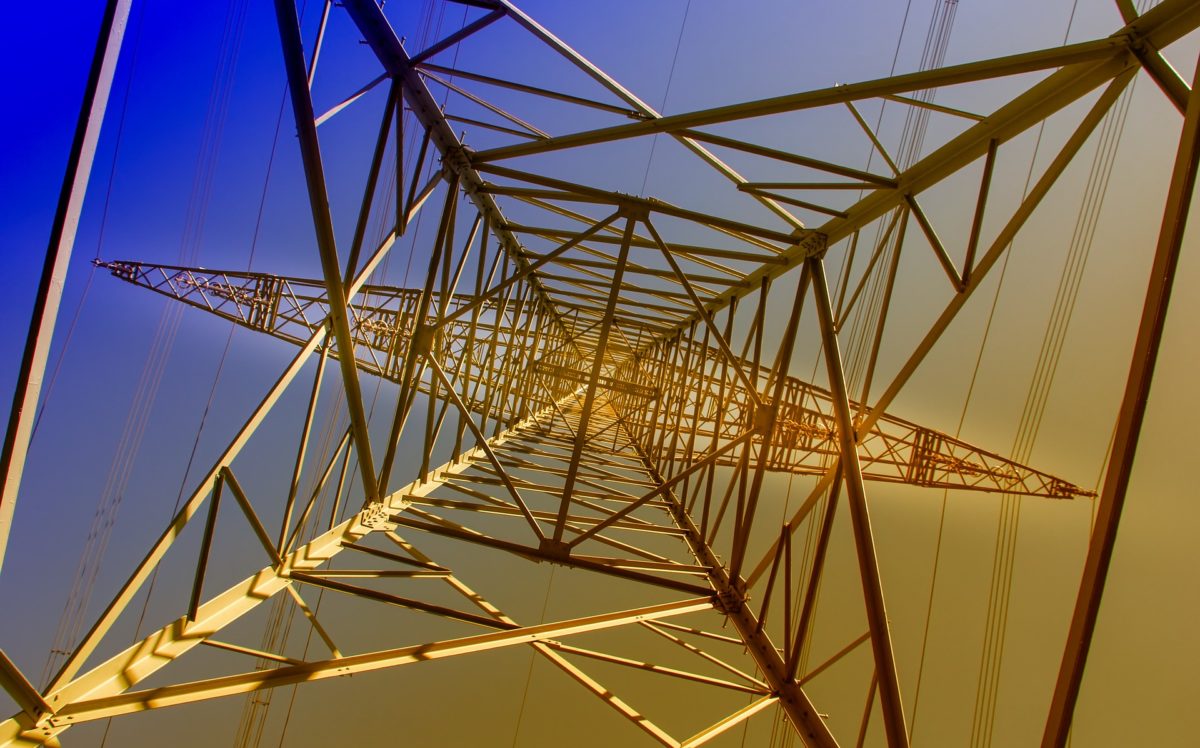An energy system offering the best aspects of the energy-independent ‘prosumer nations’ and pan continental ‘supergrids’ could offer Europe the prospect of an energy system powered entirely from renewables in 2050.
That is the finding of a new study by Christian Breyer, professor of solar economy at Finland’s Lappeenranta University of Technology, and Claudia Kemfert, head of energy, transportation and environment at the German Institute of Economic Research (DIW).
In the paper Flexible electricity generation, grid exchange and storage for the transition to a 100% renewable energy system in Europe, Breyer and Kemfert claim a smart grid approach – midway between a super-grid and completely decentralized energy systems – would be necessary to help Europe to have an energy mix based on 100% renewable energy by 2050 – an ambition outlined by Breyer in a pv magazine interview.
In a previous interview with pv magazine, the head of the Center for Energy Research at the Norwegian Institute for International Affairs, Indra Overland had predicted a future world marked by supergrids connecting areas with strong renewable energy resources to those in need, offering balancing between the naturally complementary generation cycles of solar and wind and extensive enough to cater to different daylight hours. Overland added, however, inevitable geopolitical tensions would see some ‘prosumer’ states attempt to go it alone as energy independent areas drawing power from their renewables infrastructure.
Breyer and Kemfert’s new work claims a flexible energy system drawing on the best of both ideas could see the levelized cost of electricity (LCOE) in Europe fall by up to 26% from its current levels, in 2050.
Macro or micro?
The research considers two scenarios for the European energy system: one in which 20 macro-regions of Europe have separated into independent energy systems with low levels of cooperation; and another marked by strong power interconnections between the same regions and widespread adoption of energy storage combined with the deployment of renewables.
In the first scenario, Europe’s LCOE is expected to decline from approximately €69/MWh in 2015 to €56/MWh by 2050, and in the second, a 2050 LCOE of €51/MWh is envisaged. “A substantial economic benefit, through cross-border trade, is worth €26 billion per year, by trading only 12% of total end user electricity demand in Europe,” said Breyer.
The authors of the study highlighted how a decentralized power supply and more flexible generation based on storage would be necessary to reduce peak interconnection capacity, further reducing infrastructure costs. “Flexible generation can be achieved by moderately increased levels of hydropower, dispatchable bioenergy and sustainable gas based generation,” they wrote. “Interconnections, up to four times current European levels, can reduce the need for generation and storage capacities by exploiting the natural complementarities between solar PV generation in the south, and wind generation in the northwest, that result in lower overall variability.”
Breyer and Kemfert concluded their modeling may ensure an energy system based on 100% renewables can be achieved in Europe, and would be economically and technically feasible if the costs of storage and renewable generation technologies continue on their current trajectories.
“To accomplish such a transition, however, policy and support instruments should be chosen that work best at a regional level, while still adhering to the clearly defined goals of a European energy union,” the report’s authors add.
This content is protected by copyright and may not be reused. If you want to cooperate with us and would like to reuse some of our content, please contact: editors@pv-magazine.com.




15 comments
By submitting this form you agree to pv magazine using your data for the purposes of publishing your comment.
Your personal data will only be disclosed or otherwise transmitted to third parties for the purposes of spam filtering or if this is necessary for technical maintenance of the website. Any other transfer to third parties will not take place unless this is justified on the basis of applicable data protection regulations or if pv magazine is legally obliged to do so.
You may revoke this consent at any time with effect for the future, in which case your personal data will be deleted immediately. Otherwise, your data will be deleted if pv magazine has processed your request or the purpose of data storage is fulfilled.
Further information on data privacy can be found in our Data Protection Policy.